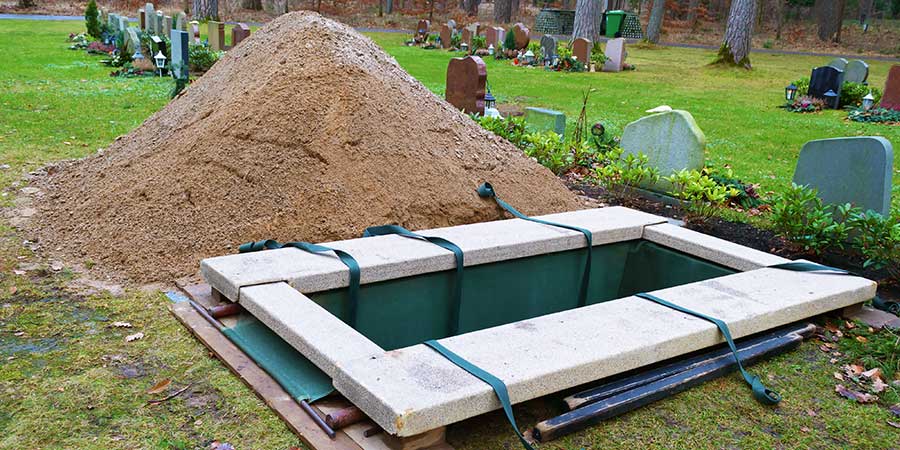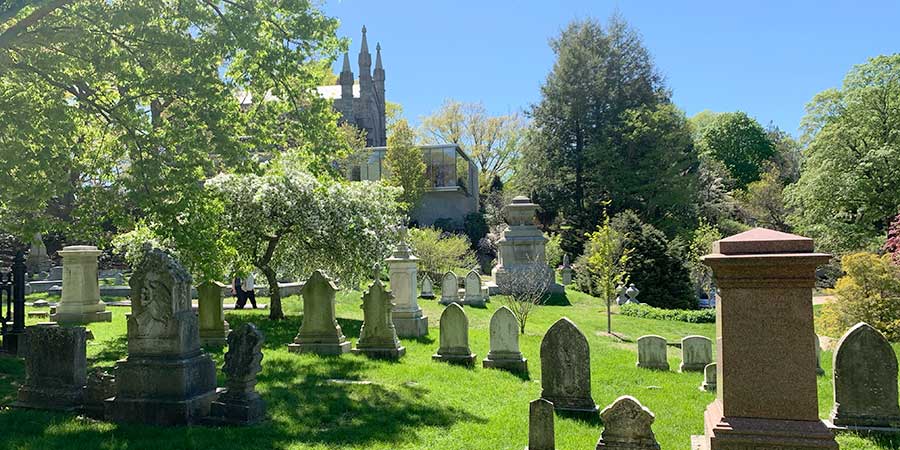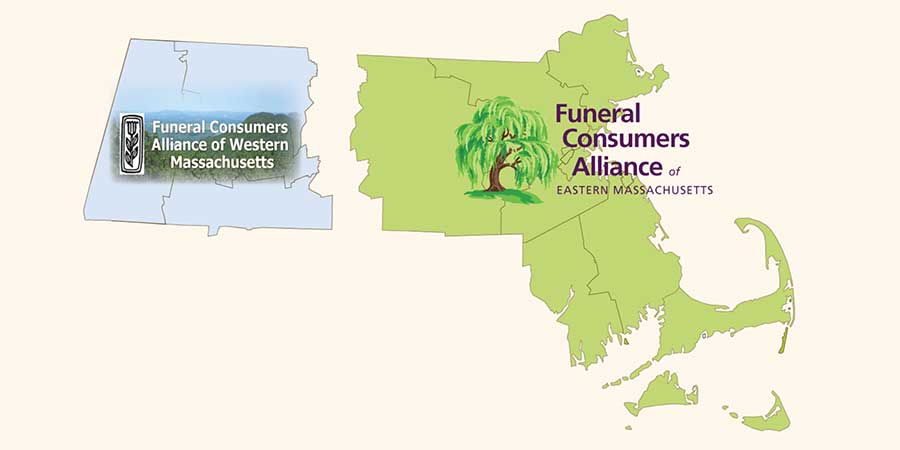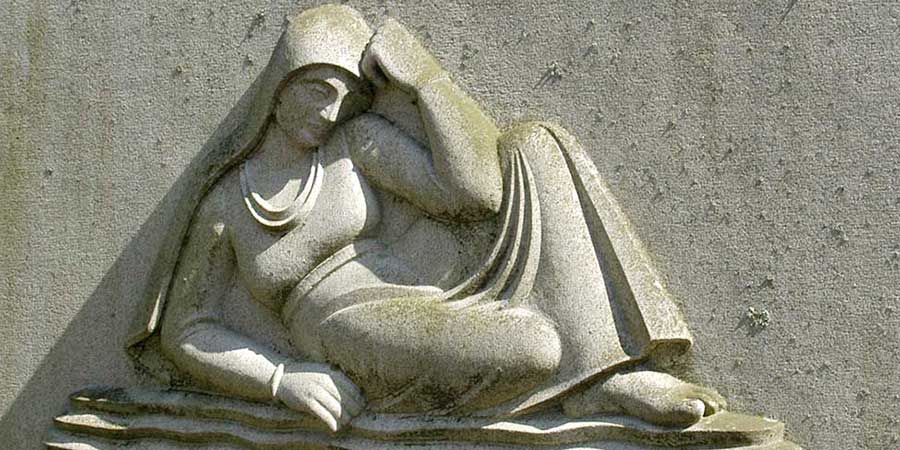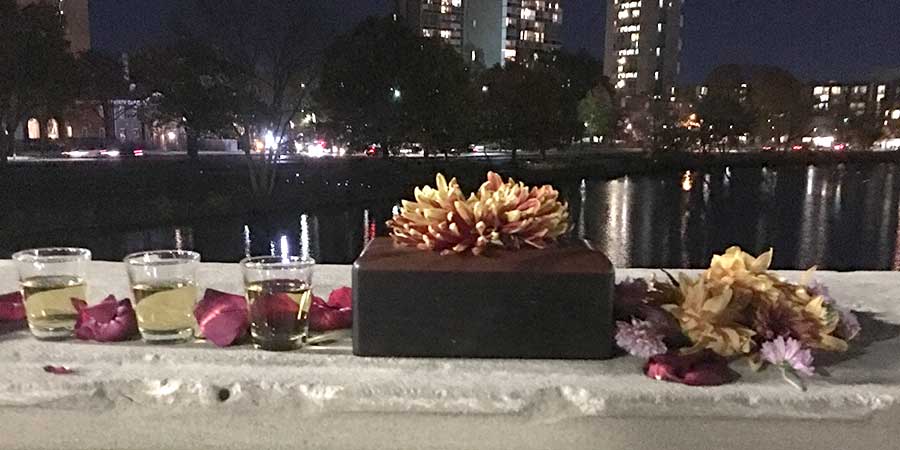By Paula Chasan
After a death in the U.S., the most common disposition of the body is now cremation. There is a choice to be made after cremation about what to do with the cremated remains (“cremains”). These can be scattered on land or at sea, buried in a cemetery plot, put into an urn in a niche of a columbarium, or on the mantel, or sometimes kept for years in a box somewhere at home until the family decides which of the many choices they are ready to make.
If the choice is burial in a cemetery, families should know ahead of time about documents that may be required by the cemetery they choose; requirements of cemeteries for burial of cremains are not standardized. Cemeteries, unlike funeral homes, are not regulated by Federal laws. In addition, cemetery practices receive only minimal supervision by the state. Cemeteries are free to make their own rules for burial of cremains on their land. Unfortunately, a cemetery’s documentation requirements may be based on a misunderstanding of state laws. Families may feel confused and disappointed when told they lack a paper a cemetery claims is required.
There are two documents that accompany a death that the family will have: the death certificate and — when there is a cremation — the cremation certificate. The death certificate is signed by the certifier of the death, a physician or a nurse practitioner, identifying the person who died, the date and the cause of death. The family receives the original copy and can make other copies. Following a cremation, the family will receive the crematory certificate which is issued by the crematory, identifying the person cremated, and the date of cremation. A copy is kept by the crematory for their records.
A limited survey of the policies of cemeteries in Massachusetts found that most require only the cremation certificate for burial of cremains in order to proceed. Some cemeteries also ask for a copy of the death certificate ”for their records.” Because families have these two documents, the burial of cremains goes smoothly. However, a few cemeteries in the state also require another document that most people seeking to bury the cremains of a family member in a cemetery will probably not have. This document is called the burial permit, sometimes referred to as the transit permit. It allows a body to be moved from the place of death. When a cemetery requires this document for burial of cremains and the family does not have it, confusion and delay result.
The burial permit is issued by the board of health or the town clerk in the municipality where the death occurred once the official receives all necessary information from the record of death (death certificate). As mentioned, the burial permit allows the body to be moved from the place of death to the place of final disposition, whether to a cemetery or a crematory. Massachusetts General Laws (c. 114, s. 45) make it clear that the burial permit is to be returned to the issuing municipality by the person in charge of the cemetery or the crematorium, whichever is the place of final disposition of the body. The laws do not say the family is to receive a copy. Sometimes the funeral home and crematory will keep a copy ”for their records,” and may give a copy to the family, but in fact the usefulness of this document has ended. Once the body has come to its final disposition by being buried or cremated, it will no longer need to be moved.
If your plans include cremation with burial afterward in a specific cemetery, check ahead of time what documentation that cemetery requires for the burial of cremains. Planning ahead will give you time to obtain what is needed and avoid a possible hassle.




